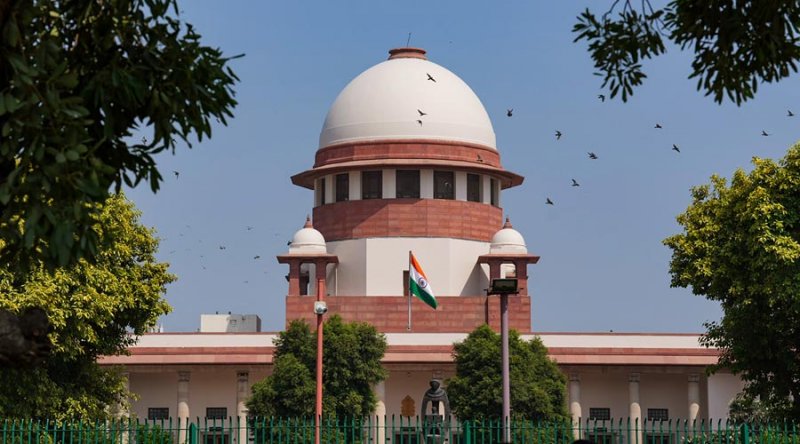TRENDING TAGS :
Judicial Appointments in Limelight: A Call for Transparency and Timely Action
Explore the challenges and consequences of selective decisions in judicial appointments, as highlighted by the Supreme Court.
In a recent development, the Supreme Court has raised concerns about the selective decisions made by the Centre in the appointment and transfer of high court judges, emphasizing the need for transparency and a timely process. Let's delve into the intricacies of this issue and its potential implications.
The court's observations underscore the persistent standoff between the judiciary and the executive regarding the timeline for appointments to constitutional courts. The ongoing tug-of-war reveals a delicate balance that must be maintained for the smooth functioning of the legal system.
The issue of selective decisions, as pointed out by the bench led by Justice Sanjay Kishan Kaul, brings to light the complexities of the appointment process. The court's caution against "pick and choose" practices raises questions about the impact on the credibility of the judiciary and the overall trust in the legal system.
Selective transfers, especially those that create dynamics within specific regions like Gujarat, have been a focal point of the court's concerns. The judiciary has expressed displeasure over the government's delay in notifying transfers, particularly when judges from certain regions are left unaffected. The court's warning about potential "unpalatable orders," including withdrawing judicial work, underscores the gravity of the situation.
The segregation of names proposed by the collegium for appointment as judges in the Punjab & Haryana high court has further added to the complexity. The court's emphasis on seniority and the potential impact on candidates' willingness to become judges highlights the broader implications of such selective decisions.
While the Attorney General cited ongoing assembly elections as a cause for delay, the court remains firm on its stance, cautioning against prolonged delays in transfers. The court's commitment to ensuring that the judiciary is not disappointed reflects its dedication to upholding the principles of transparency and accountability.
As the court adjourns the contempt plea filed by Advocate Association, Bengaluru, the recorded order emphasizes that six transfers are still pending. It also notes that eight candidates recommended since July, along with reiterated and first-time recommendations, are awaiting appointments. The court's commitment to hearing the matter is framed not as an antagonistic approach but as a necessary step for the betterment of the system.
Dushyant Dave, senior counsel in the case, highlights the disparity between the swift clearance of three new judges to the Supreme Court and the prolonged delay in certain high court recommendations. The bench agrees, emphasizing that selective appointments inevitably give rise to contentions, further complicating an already intricate process.
The judicial appointments saga, marked by delays and selective decisions, echoes the sentiments expressed by former Chief Justice RM Lodha in 2014. His disapproval of the government's "unilateral segregation" of names emphasized the importance of a collaborative and transparent approach.
In conclusion, the current scenario surrounding judicial appointments calls for a reevaluation of processes to ensure transparency, timely actions, and a harmonious relationship between the judiciary and the government. The court's vigilant stance is not just an antagonistic approach but a necessary step to address the challenges faced by the legal system. As the dynamics unfold, it becomes evident that a balanced and inclusive approach is crucial for the effective functioning of India's judiciary.



